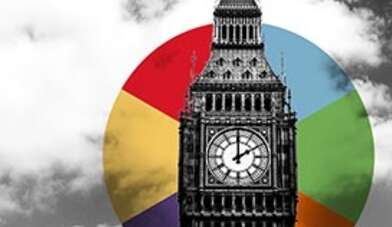 The main feature of the upcoming 2017 elections is the growing support for Labor. In the last two years since the 2015 elections, Labor’s share of support has grown from 25% to 36% and continues to increase. None of the specialists expected such a significant rise, especially during the last week.
The main feature of the upcoming 2017 elections is the growing support for Labor. In the last two years since the 2015 elections, Labor’s share of support has grown from 25% to 36% and continues to increase. None of the specialists expected such a significant rise, especially during the last week.
Many sociologists attribute such changes to errors in measurement methods. People who clearly declare support for Labor may be more willing to change their minds before the main event. Sociologists also face the difficult task of weighing each part of the electorate.
Weighing helps to determine the percentage of the electorate by such indicators as gender, age, place of residence, and education. Also, it should be taken into account that about one-third of the above people will not come to vote or will change their minds.
Thus, weighting turnover is an extremely difficult task for sociologists. Especially in the elections of 2017, compared to 2015. The fact is that in 2015 sociologists used less aggressive polling methods, and the electorate of 2017 is younger and less predictable.
Younger voters usually support Labor, while older voters are more willing to vote for the Conservatives. The desire of sociologists to balance the survey and exclude less predictable youth from the calculation of indicators can lead to an artificial bias in the direction of conservatives.
